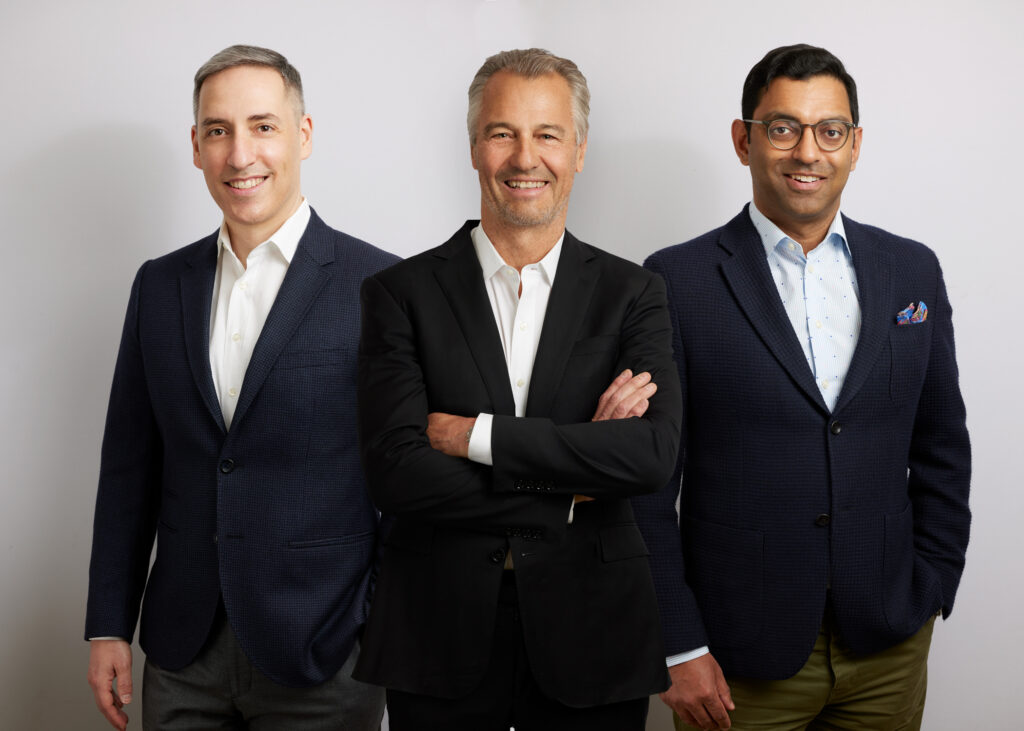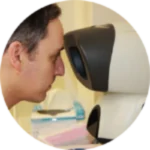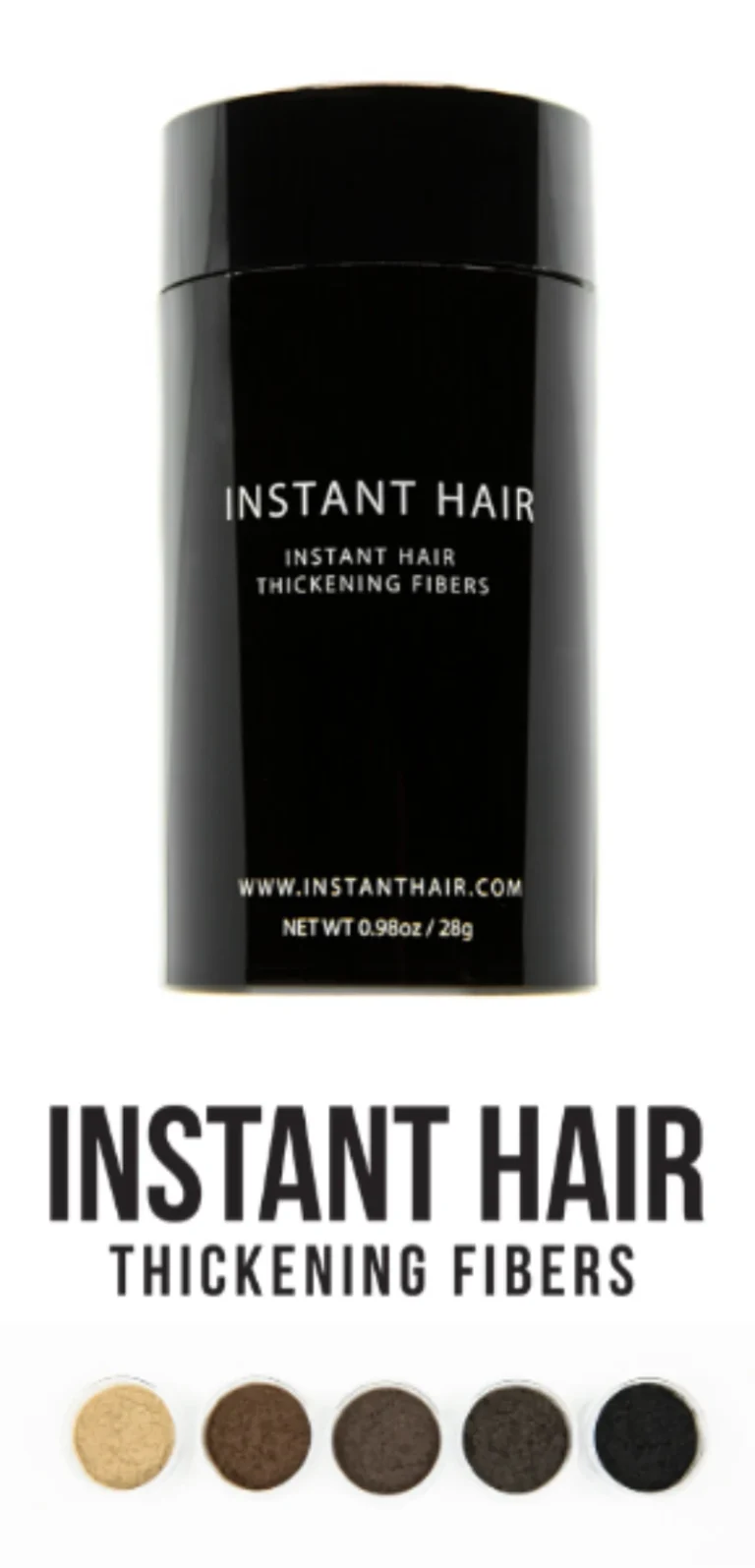Why are you considering a beard transplant?
Although there aren’t necessarily any right or wrong reasons for getting a beard surgery, some reasons are more logical than others. For example, a very common and sensible reason for getting a beard implant is to improve self-confidence. Confidence is something we all want more of, so anything that can improve it is usually a good idea.
If, however, you’re not too concerned about the appearance of your facial hair, but are considering getting a beard surgery because of pressure from your significant other, this isn’t as smart of an idea. When considering any form of cosmetic treatment, you should do it for reasons that are important to you, and not for other people. After all – you’re the one who lives with the results if you choose to move forward with a beard transplant.
Having said that, it’s not a bad idea to discuss how you feel with friends and family. You might find you’re overly self-conscious about your facial hair without good reason.














